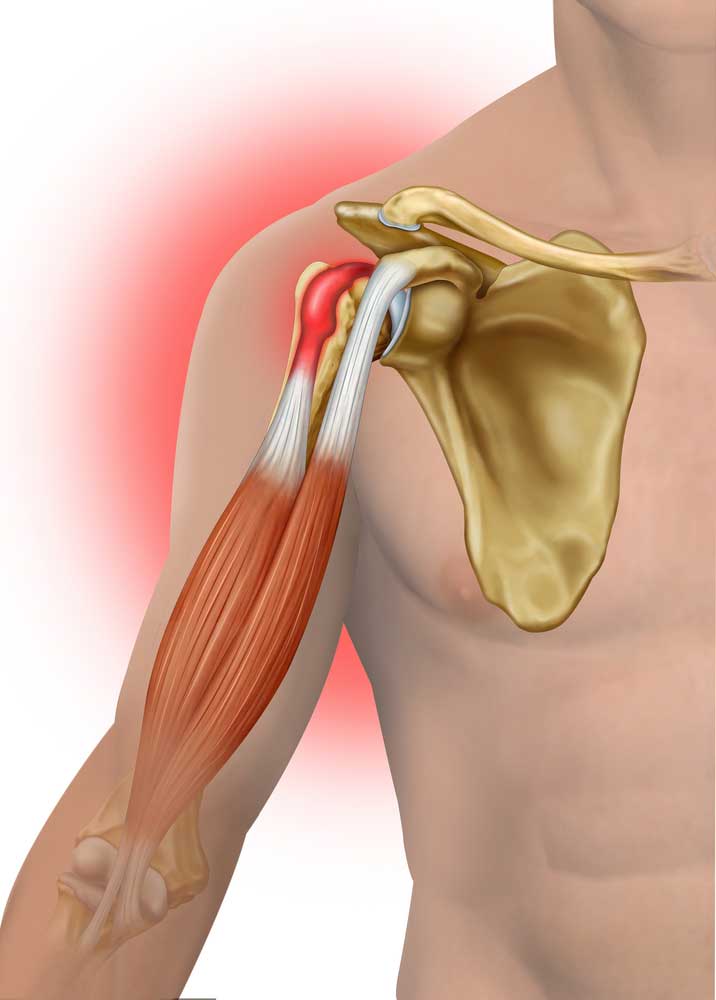Introduction
The General Medical Council (GMC) has at long last published its new guidance on decision making and consent and this will come into effect on 9 November 2020. Their stated aim is to protect and promote public safety by making sure that doctors follow proper standards of medical practice. The Guidance on Good Medical Practice still applies and should be read with the specific consent guidance.
The first specific GMC guidance on consent was published in 1998 [1] and the GMC have been encouraging doctors registered with them to listen to patients and respect their views since 1995 when Good Medical Practice was published. They had updated their specific consent guidance in 2008 [2] but despite the significant changes in the doctor patient relationship and the decision of the Supreme Court in Montgomery it has taken around 12 years to update the consent guidance. Many patients would say that the guidance was largely ignored in practice and little was done to police the guidance not helped by deficiencies in the legal test applied should an action be raised in court.
The GMC appeared as interveners in the case of Montgomery v Lanarkshire Health Board in the Supreme Court and submitted that a patient with capacity should have the right to make decisions for themselves and that this right must be respected by the doctor.
Following the decision in Montgomery The Royal College of Surgeons have produced Guidance entitled Consent: supported decision making [3] and the focus in the guidance is on doctors supporting patients to make decisions about their care.
What’s new?
Patients are clearly recognised as individuals and the care should be specific to them. In this new guidance the focus is on ‘shared decision making’ and the GMC suggests that this can help improve health outcomes, patient experience and reduce complaints.
The GMC identifies the following new features:
1. a focus on a proportionate approach
2. seven key principles which summarise the guidance
3. new section to help doctors find out what matters to patients so they can share relevant information to help them decide between viable options
4. suggestions for how other members of the healthcare team can support decision making.
The GMC set out what they describe as the 7 principles of decision making and consent [4]:
1. All patients have the right to be involved in decisions about their treatment and care and should be supported to make informed decisions if they are able to.
2. The decision making is an ongoing process focused on “meaningful dialogue”.
3. All patients have the right to be listened to and to be given the information they need to make a decision and the time and support they need to understand it.
4. Doctors must try to find out what matters to patients so they can share relevant information about the benefits and harms of proposed options and reasonable alternatives, including the option to take no action.
5. Doctors must start from the presumption that all adult patients have capacity to make decisions about their treatment and care.
6. The choice of treatment or care for patients who lack capacity must be of overall benefit to them, and decisions should be made in consultation with those who are close to them or advocating for them.
7. Patients whose right to consent is affected by law should be supported to be involved in the decision-making process, and to exercise choice if possible.
Do we now have a process of “meaningful dialogue”?
The term “meaningful dialogue” appears in this new guidance as one of the 7 key principles of decision making and this is a new focus in the guidance. The GMC had said at the outset that obtaining consent does not need to be a formal or time consuming process and that their updated guidance is easier to apply in practice.

However it may be that many doctors reading the detail of what is required for “meaningful dialogue” will see this as a very time consuming process if the guidance is followed. Patients are likely to feel that this level of information gathering from the patient is long overdue.
The GMC appears to suggest that there should be exchange of relevant information specific to the individual patient. The purpose of dialogue is to enable the doctor to identify the information the patient will need to make a decision. There is then a wording which refers to relevant information that might influence the choice of the patient between the available options. The doctor should find out what matters to the patient and encourage them to ask questions. It is also suggested that doctors should explore with patients what risks they would and wouldn’t be prepared to take to achieve a desired outcome and how that outcome might influence their choice.
There is a full section dedicated to discussing benefits and harms with the patient [5] and the guidance lists information to be included when discussing benefits and harm.
1. Recognised risks of harm the doctor believes anyone in the patient’s position would want to know.
2. The effect of the patient’s individual clinical circumstances on the probability of a benefit or harm occurring.
3. Risks of harm and potential benefits that the patient would consider significant for “any reason”.
4. Any risk of serious harm, “however unlikely it is to occur.”
5. Expected harms, including common side effects and what to do if they occur.
When engaging in meaningful dialogue the doctor should consider using visual or other explanatory aids to support patients to understand their personalised risk, taking account of their individual clinical and personal circumstances, compared with population level risk.
Recording of discussions
The guidance provides that the doctor must record a summary of any discussion with the patient including as much detail as practical about the patient’s wishes and fears, their preferences for care and the values and priorities that influence their decision making. Importantly, it is suggested that if possible the doctor should make this record while the patient has capacity to review and understand it [6].
The guidance states that the record of the discussion is flagged and made available to the patient and others involved in their care, so everyone is clear about what has been agreed. Any decision or preference should be easy to access and regularly reviewed.
The guidance also provides new information on recording of discussions with patients. The doctor is advised to “accommodate a patient’s wishes if they would like to record a discussion.” [7] Recordings made by patients are owned by them and do not have to be stored with their medical records [8].
If the doctor makes a recording as part of a patient’s care the doctor should follow the GMC guidance on Making and using visual and audio recordings of patients. Such recordings form part of the medical record and should be treated in the same way as other records [9].
Time and Resource Constraints
The guidance recognises that there are circumstances that affect the decision-making process and identify time and resources constraints. This has been a long standing issue many medical professionals have raised in relation to implementing a patient centred consent process. Where there are pressures on time it is suggested that other members of the team may be utilised as can information packages [10].
If a doctor feels that factors out-with their control mean that patients are not given the time and support they need to make informed decision the guidance states the doctor must “raise a concern” with reference to the GMC guidance Raising and acting on concerns about patient safety [11].
Comment
It is interesting to note how the profession approaches information disclosure to patients post the decision in Montgomery. The GMC focus is on ‘shared decision making’ and the Royal College of Surgeons focus is on “supported decision making”.
Ultimately what must be emphasised is the decision should be the patient’s decision facilitated by the knowledge and experience of the doctor. Information should be communicated accurately and in a way the patient can understand with a view to enabling the patient to exercise an informed choice about their health care.
Has the guidance on what risks should be discussed added to the confusion that has been evident in the medical profession since the Montgomery decision? In Montgomery the recognition was that a risk should be discussed if the incidence of the risk was high or if low the consequences should the risk occur were significant such as paralysis or death.
The 2008 guidance stated that a doctor must tell a patient if an investigation or treatment might result in serious adverse outcome, even if the likelihood is very small. A doctor should tell a patient about less serious side effects of complications if they occur frequently. In this new guidance the doctor requires to discuss risks of harm and potential benefits that the patient would consider significant for “any reason” and there is a duty to discuss any risk of serious harm “however unlikely it is to occur.”
One continued issue raised since Montgomery and not specifically addressed by the guidance is how a doctor decides what is a reasonable option to be discussed with the patient. The issue of reasonable options has been considered by the Scottish courts who have permitted the professional practice test to be used to judge what is a reasonable option even post Montgomery and it is arguable that he guidance provides little practical assistance on this issue.
Sharing records with patients is to be commended. This will ensure that what is recorded is in fact accurate. Recording of patient consultations can also be useful if the aim is to ensure that the patient has access to the recording and can use it to go over information supplied at the meeting. It should not be a legal flack jacket.
Until the decision in Montgomery the GMC guidance lacked any real bite. Many doctors and lawyers were unaware of the specific detail of the guidance, it was not being implemented in practice and few patient’s knew of its existence. This guidance has been issued in an era where the UK has finally recognised that patients are autonomous persons and that medical paternalism is no longer supreme.
The professional guidance has been delivered. The burning question is how is this going to be implemented in practice? The GMC appear to suggest that it is the responsibility of the doctor to raise a concern if they feel they are unable to implement the guidance due to resource or time constraints. What active steps are those in government/management taking to assist doctors deliver “meaningful dialogue” for patients?
Universities need to consider whether their training requires to be adapted to help young doctors develop the communication and listening skills necessary to deliver information to patients. This is not simply about lecturing students about legal principles or watching a video on what is thought to be a ‘good’ consent process. Dialogue is an interactive process and it is arguable there is no one “right” way to deliver information particularly where all patients and circumstances are different. It’s also not about providing doctors with lists of potential complications for every procedure which they then read to patients ticking the “consent explained” box on a form. If changes are not made from the start of medical training and then and from board to ward level non-compliance will continue to be the norm.
[1] Seeking Patients’ Consent: The Ethical Considerations
[2] Consent: Patients and Doctors Making Decisions Together
[3] www.rcseng.ac.uk/…/good-practice-guides/consent
[4] P7
[5] P14
[6] P21, para 37
[7] P17, para 27, c
[8] P25, para 53
[9] P25, para52
[10] P28, para 60
[11] Published January 2012, effective from 12 March 2012




“The doctor should find out what matters to the patient and encourage them to ask questions”
And there in lies the rub.
How do you know the questions to ask?